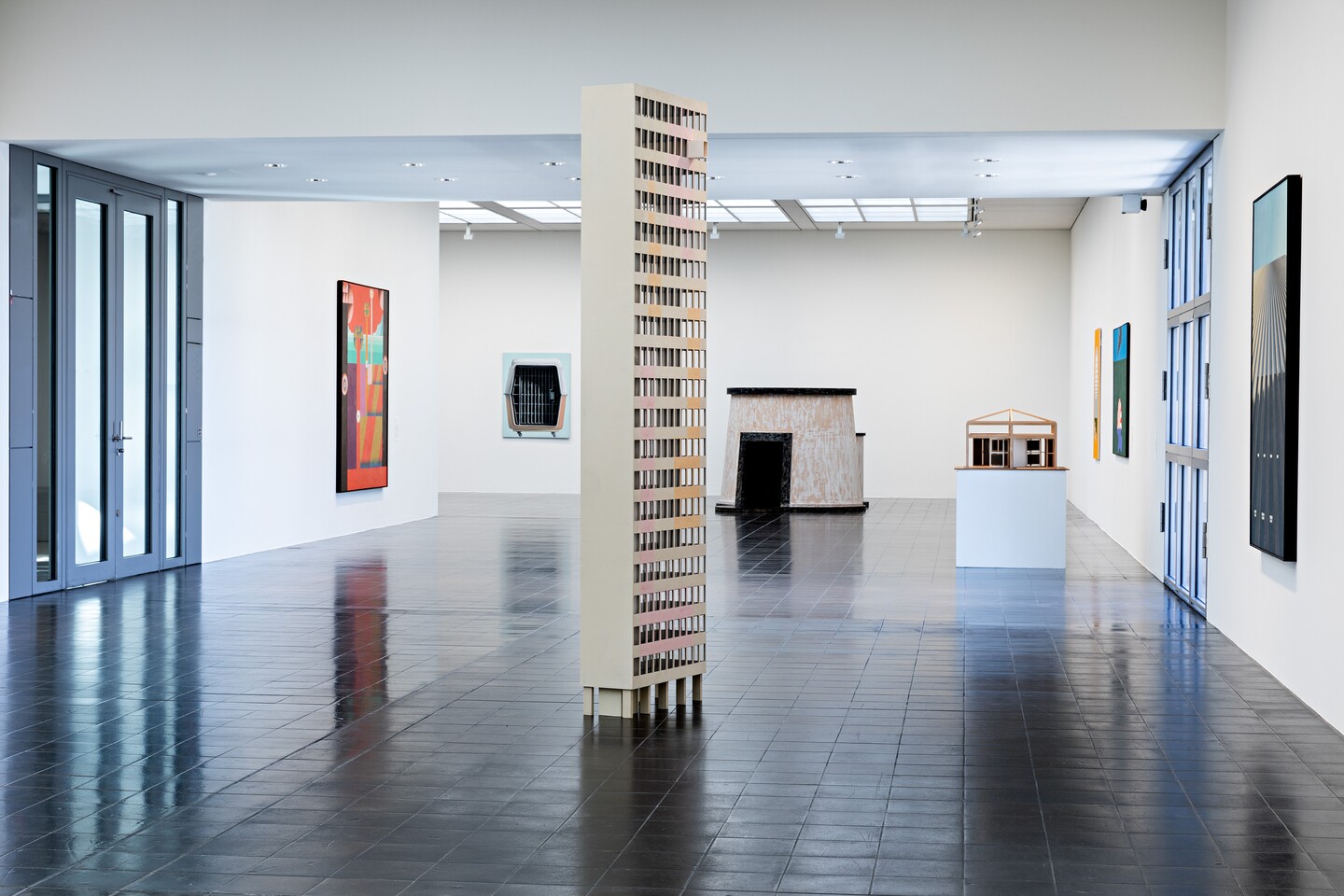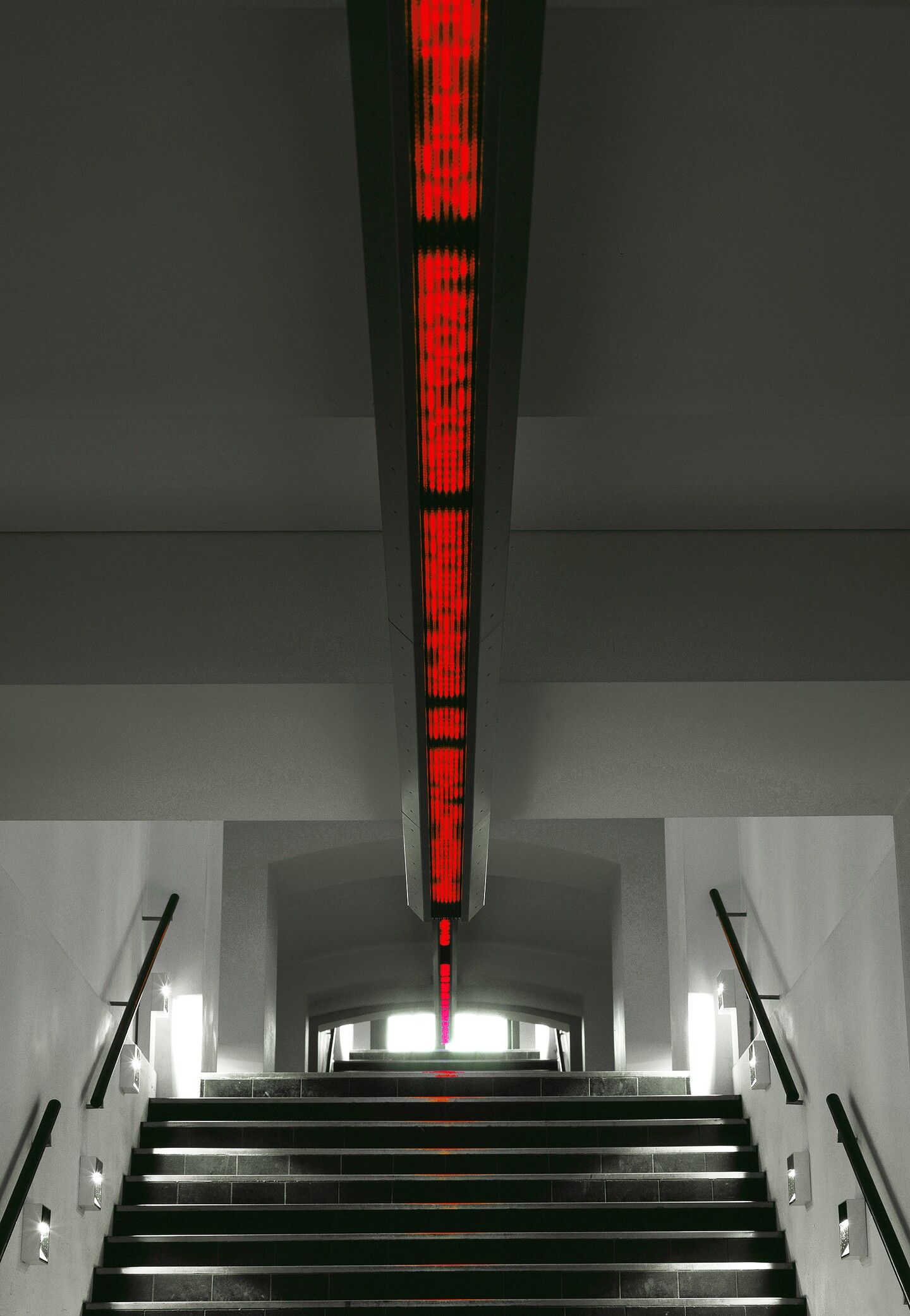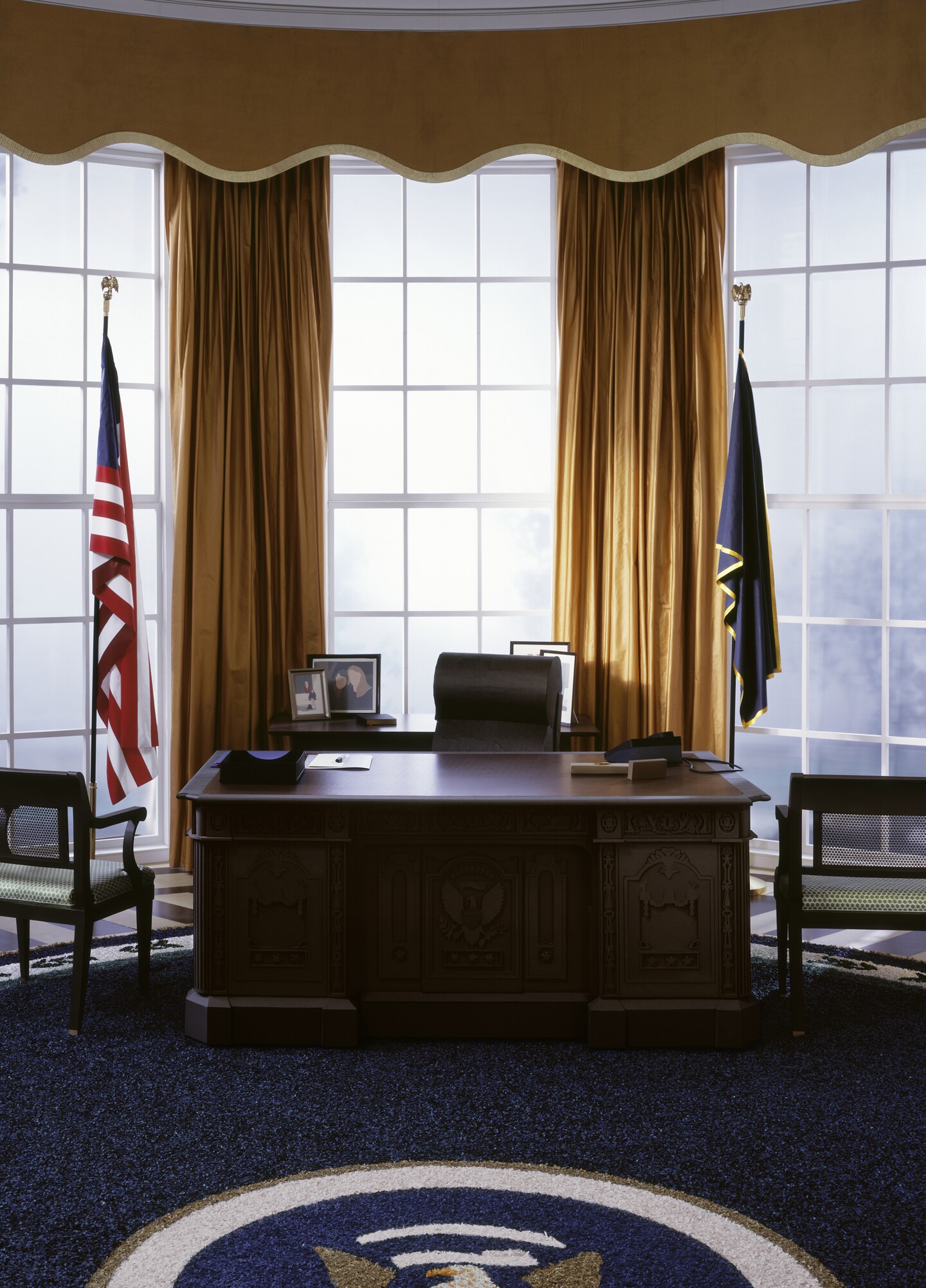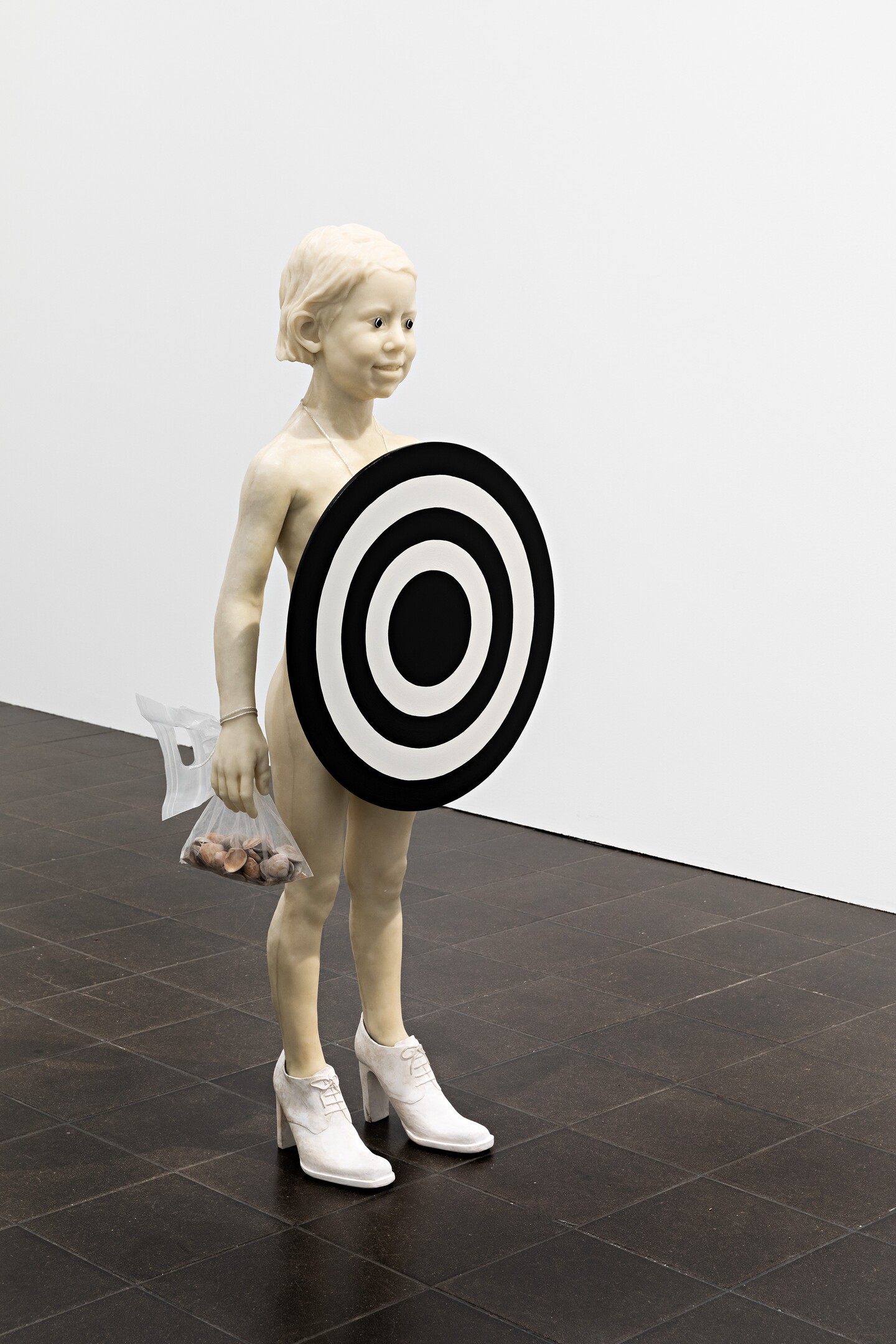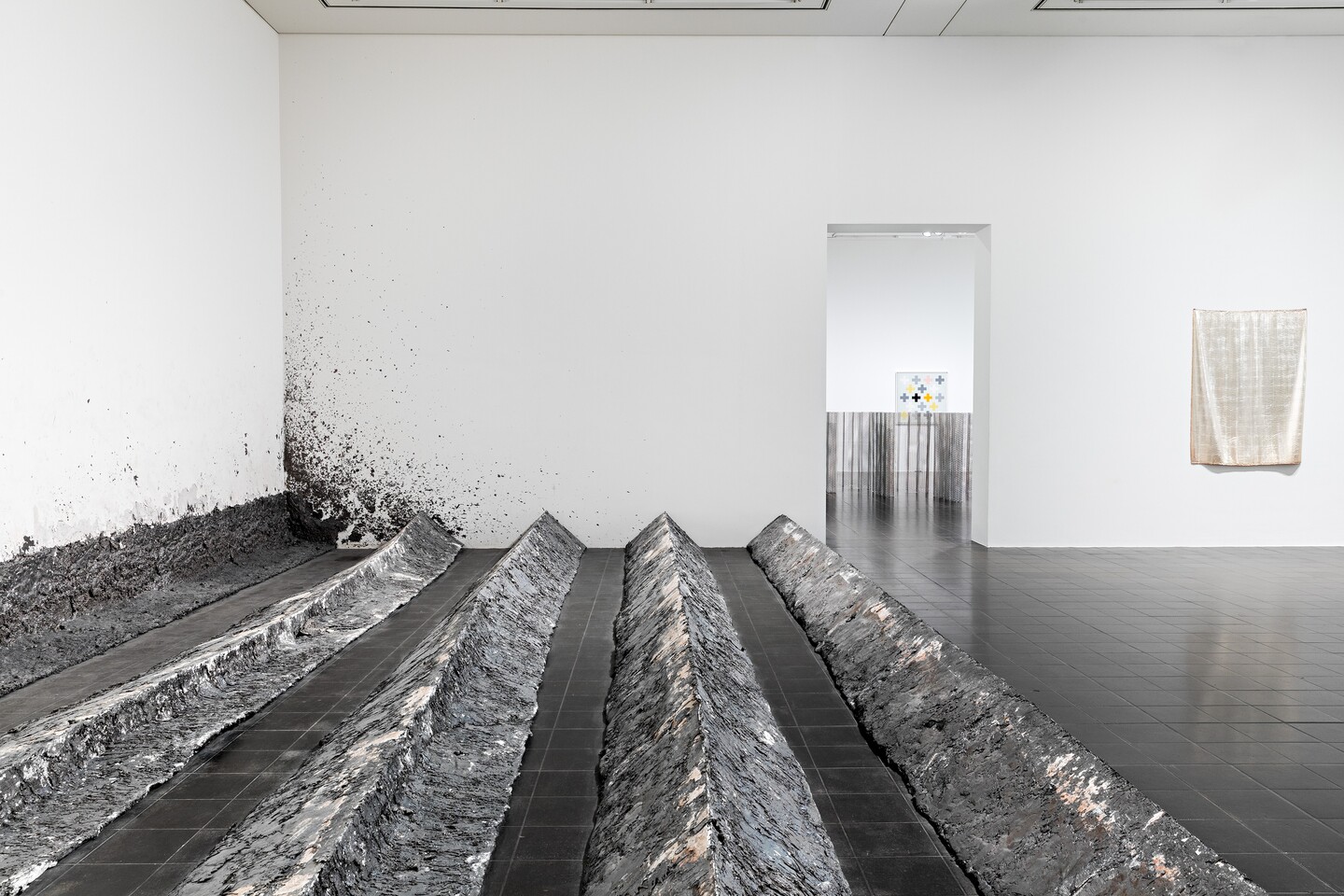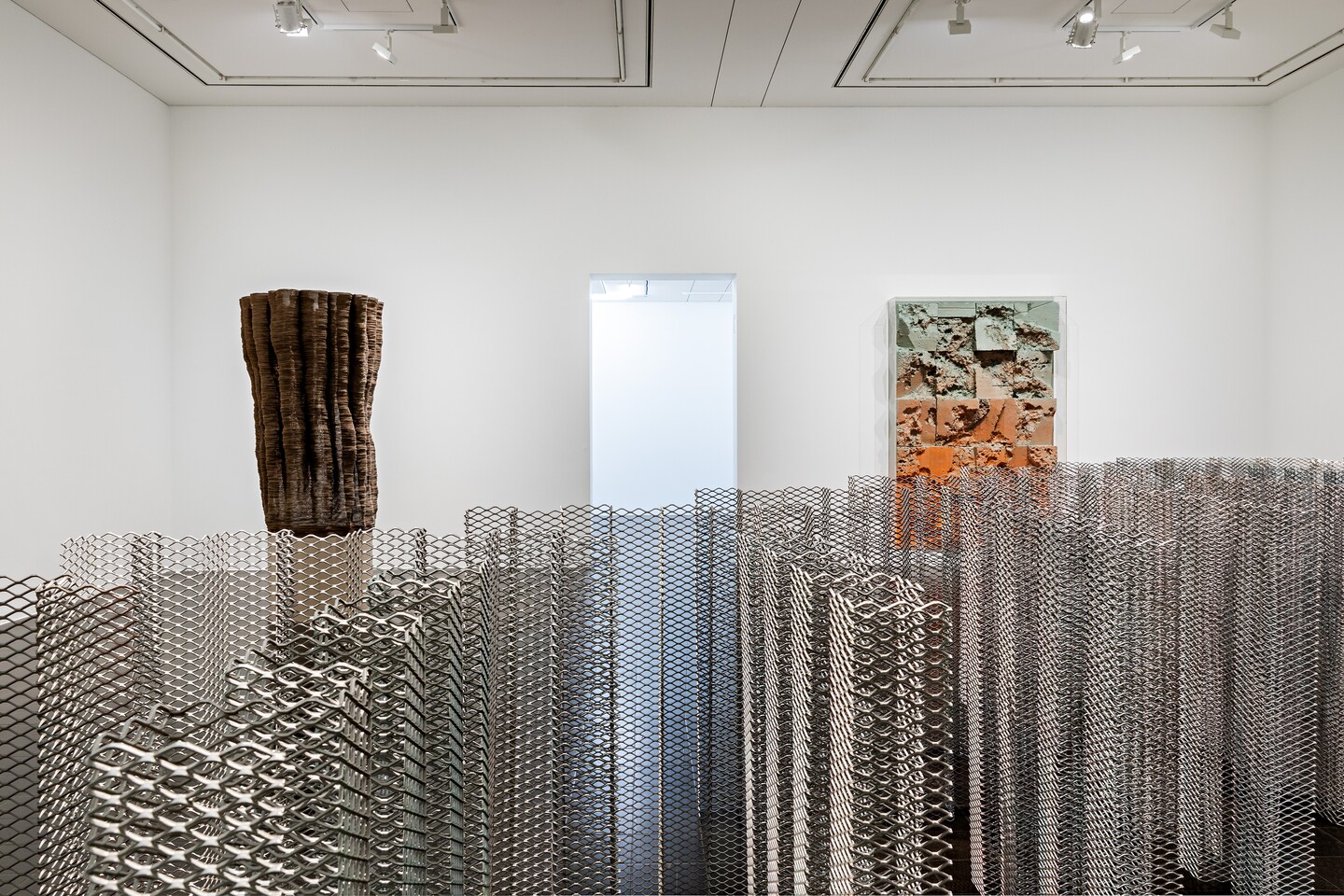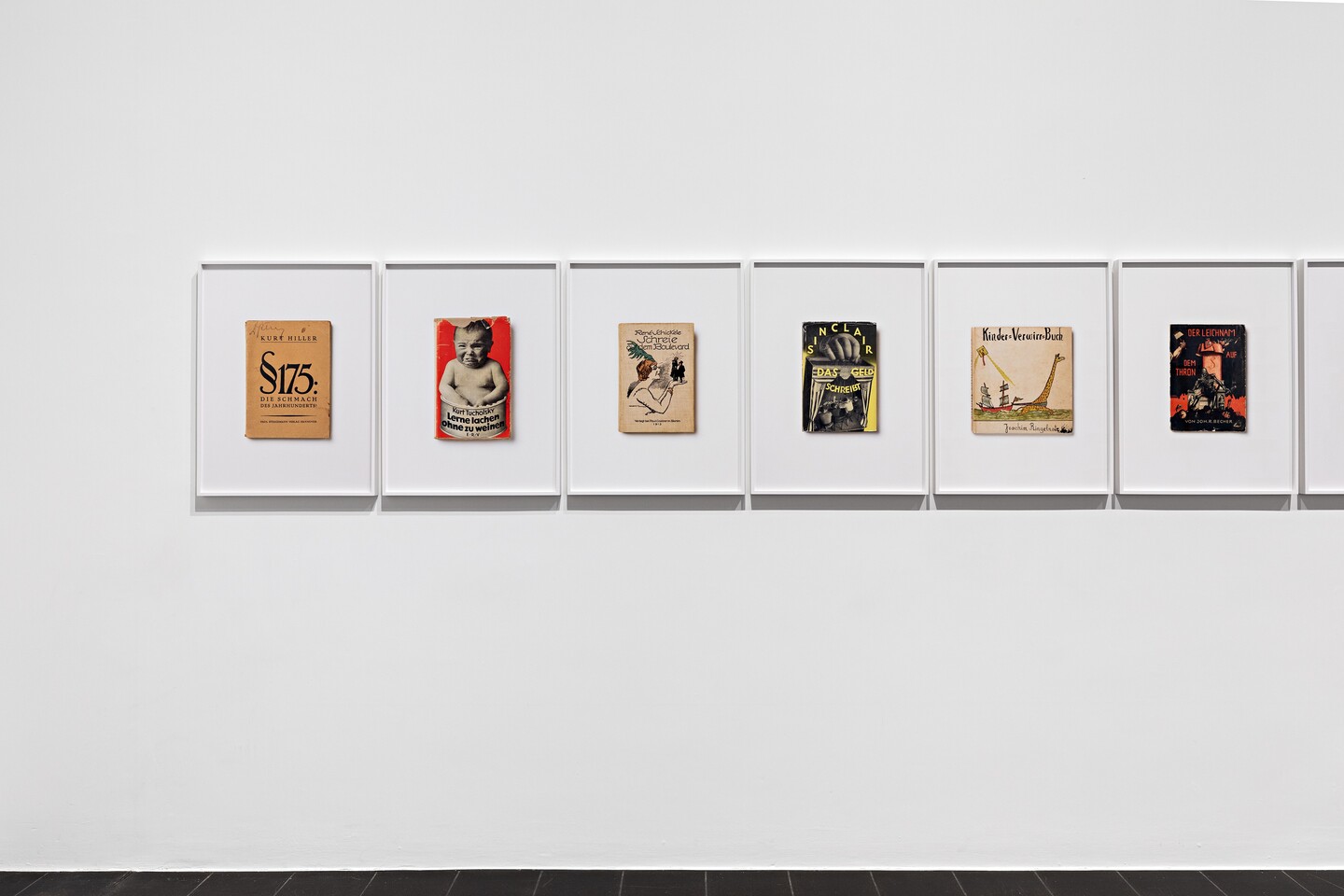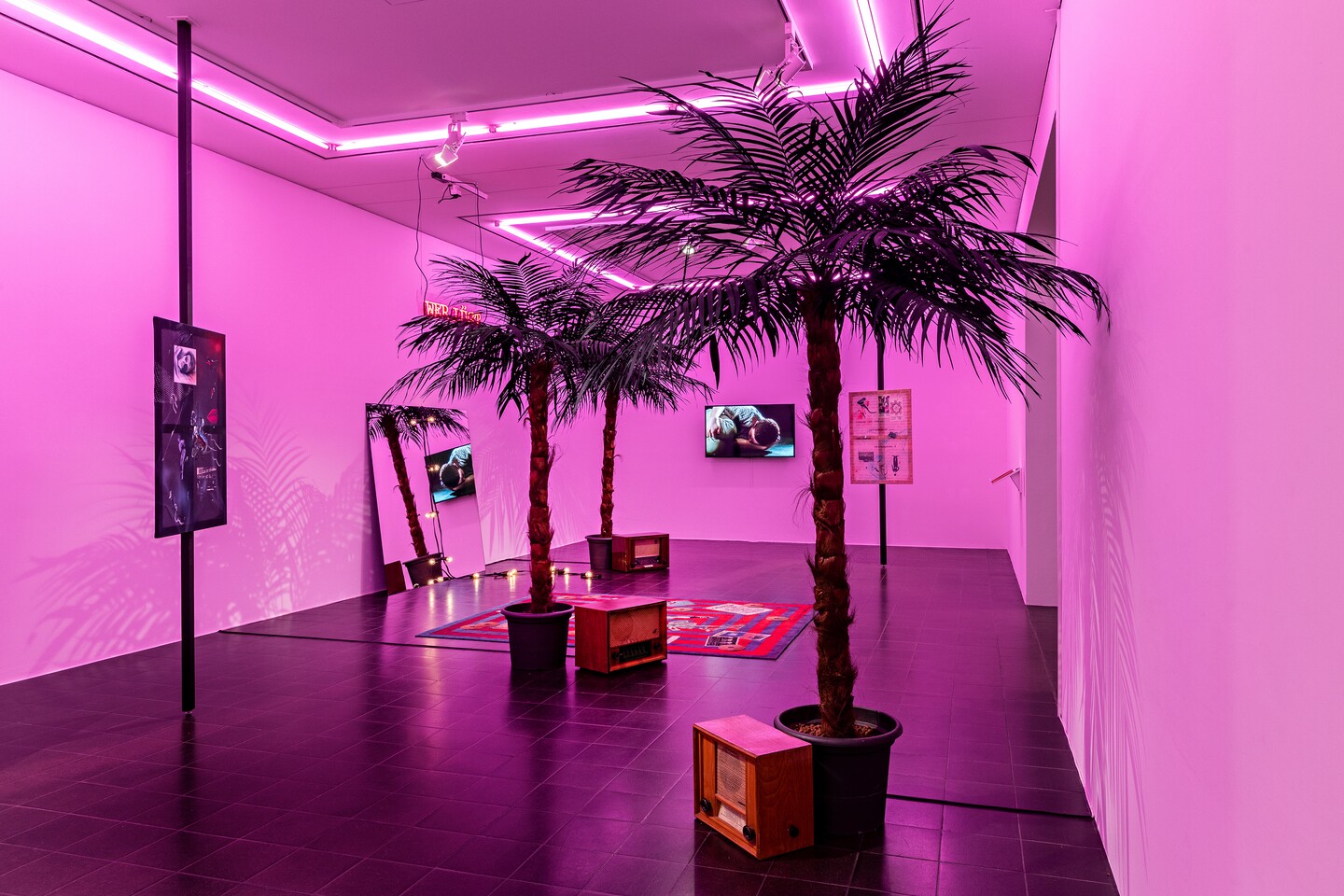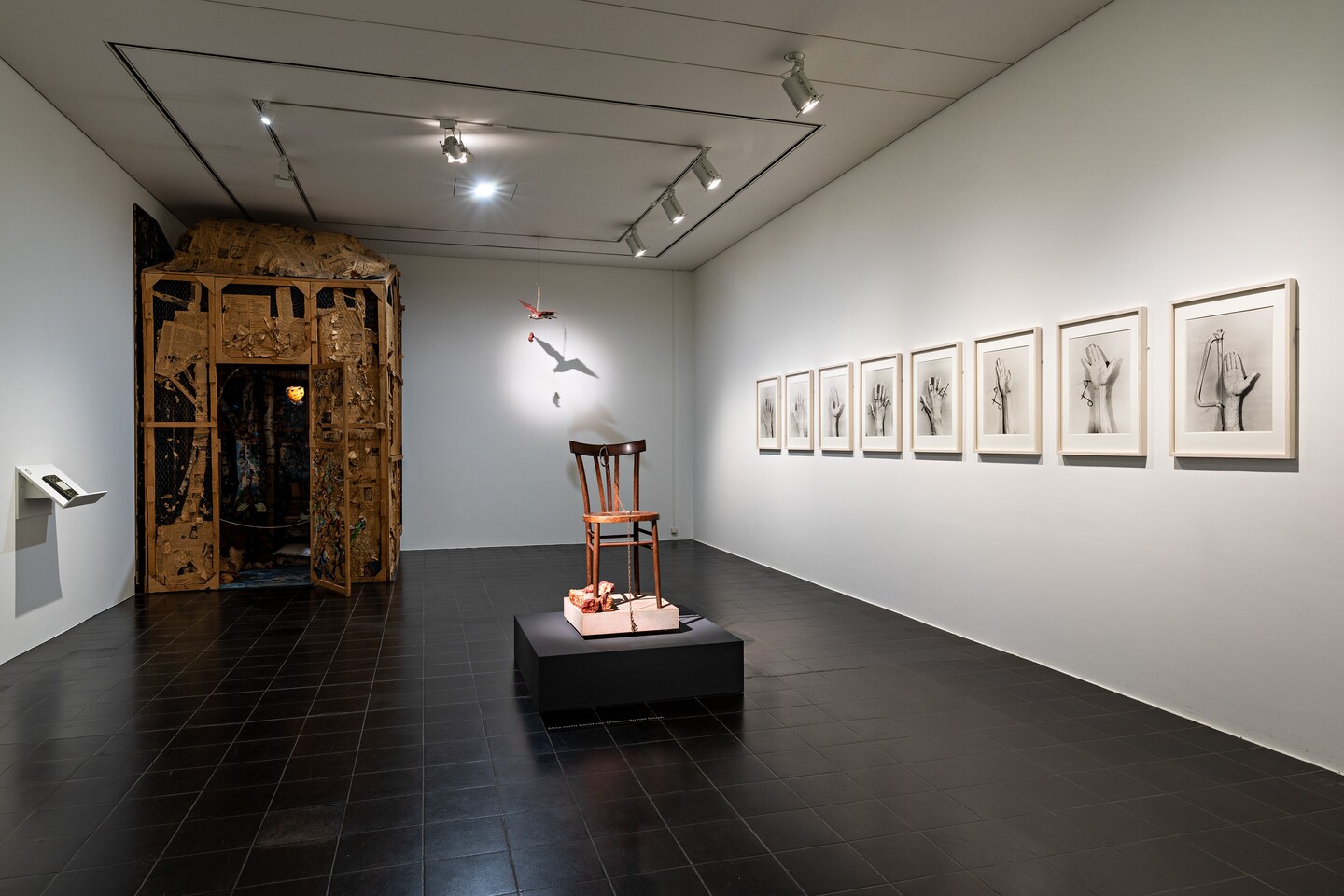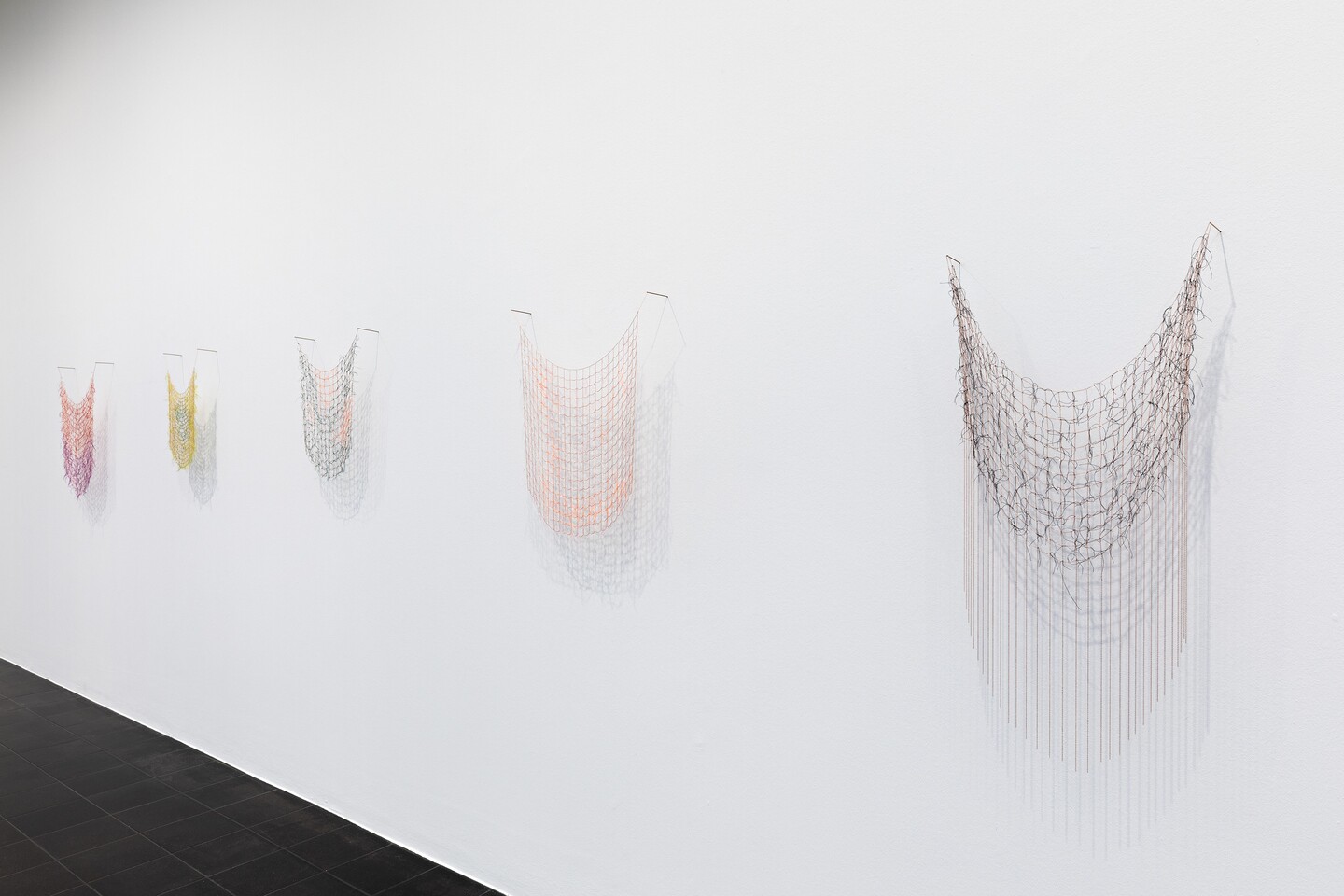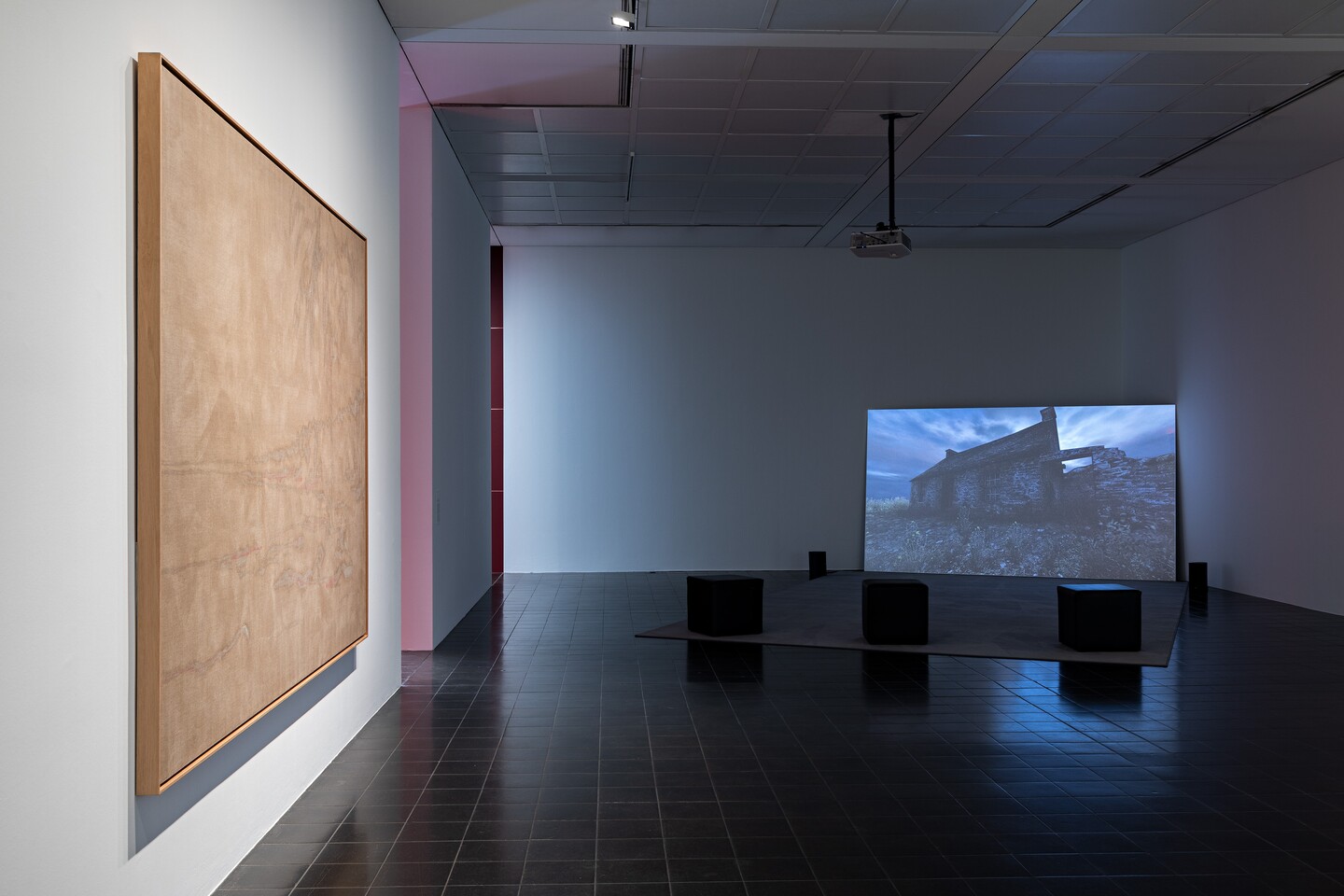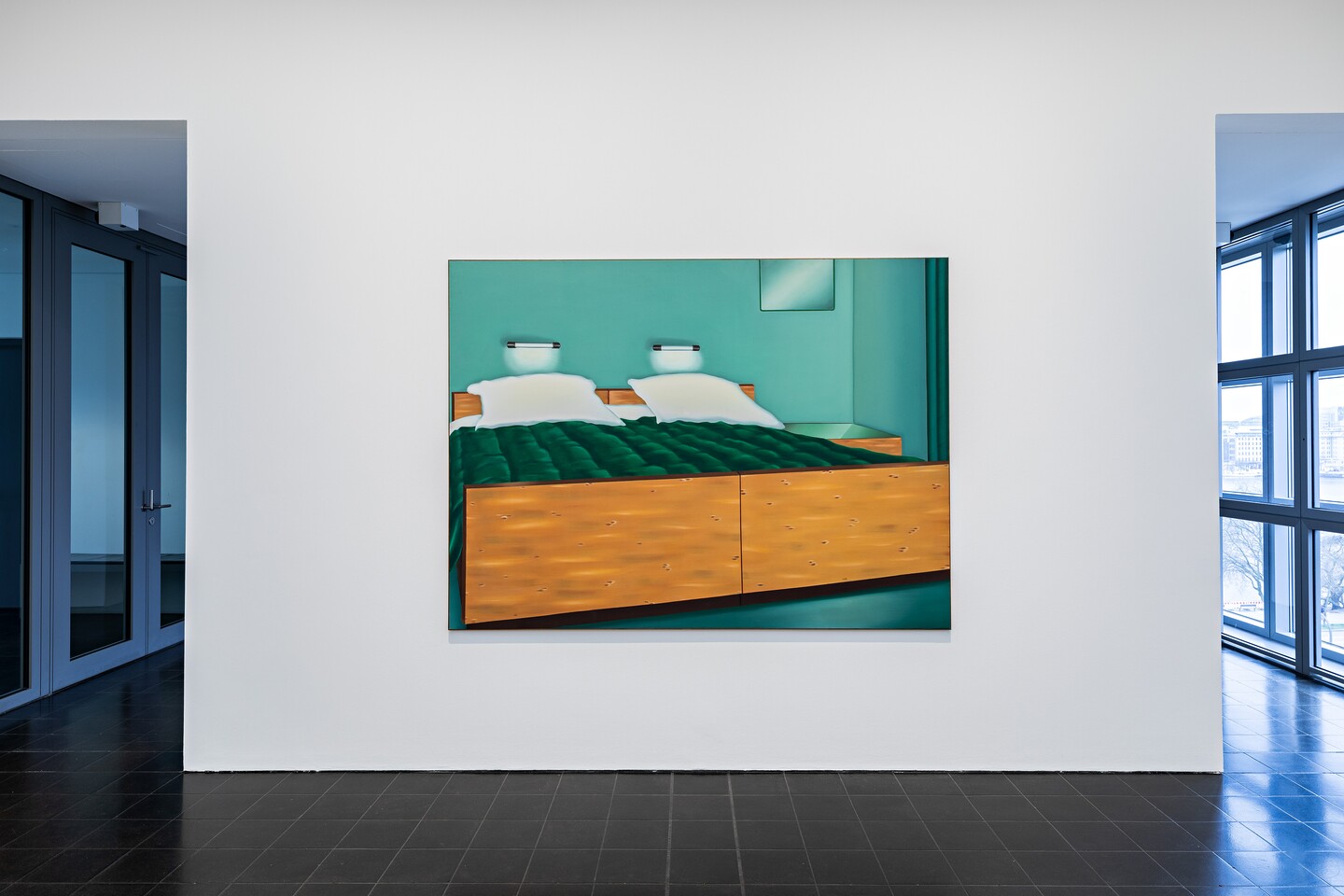Chapters of the exhibition something new
This exhibition »something new, something old, somthing desired« addresses the most pressing and relevant themes of our time: questions of understanding and communication, isolation and demarcation, the use of power and protest, and utopia and structure. It further examines (virtual) worlds and realities on the basis of architectural design, and addresses the tensions between form and dissolution, while demonstrating the potential for connectivity in material and language.
As the exhibition title suggests, many new additions to the collection – including new acquisitions as well as donations – are presented for the first time (something new); important works from the collection since the 1960s are re-examined through dialogue with more recent contemporary artworks (something old); and highly sought-after works are integrated into the exhibittion (something desired). The result is an exciting installation in which diverse aspects of contemporary art converge in thematic groups, making unexpected encounters possible.
The presentation of the collection takes place in the basement and on the 3rd floor of the Gallery of Contemporary Art.
